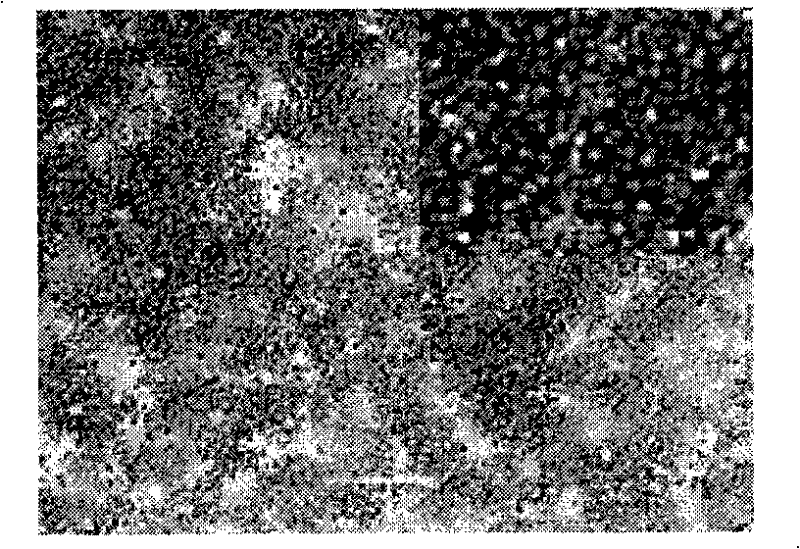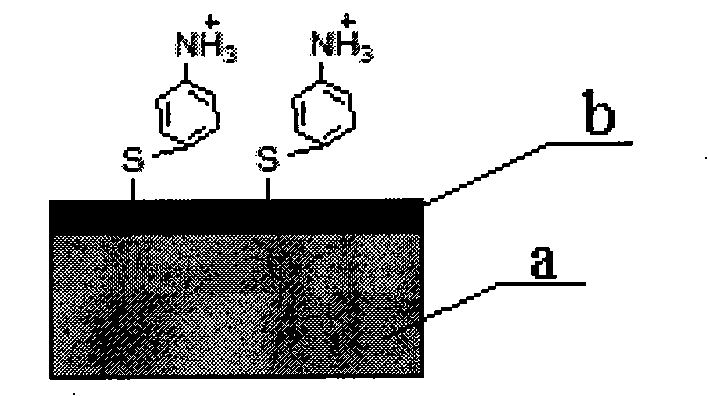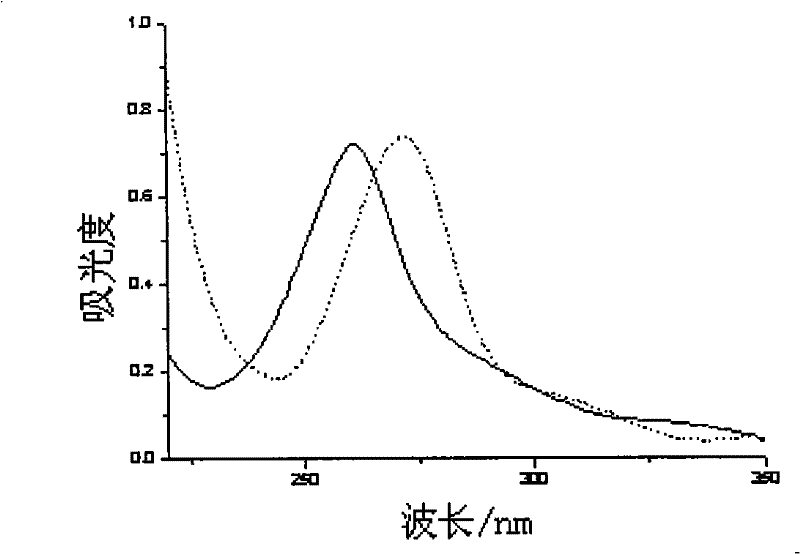Method for separating genistein monomer from daidzein monomer
A separation method, the technology of genistein, applied in the field of separation of genistein and daidzein monomer, can solve the problems that are difficult to be extended to industrial implementation, low separation efficiency, high separation cost, etc., and achieve pollution-free purity, simple operation, The effect of efficient selective separation
- Summary
- Abstract
- Description
- Claims
- Application Information
AI Technical Summary
Problems solved by technology
Method used
Image
Examples
Embodiment
[0026] a) Preparation of gold nanochannel membrane
[0027] Immerse a 30nm porous polycarbonate (PC) membrane in anhydrous methanol and ultrasonically vibrate for 5 minutes to wash away the impurities adsorbed on the base membrane and activate the membrane; the cleaned PC membrane is sequentially exposed to SnCl with a concentration of 25mM 2 Soak in the solution for 45 minutes → take it out and wash it twice with water, then the concentration of Ag(NH 3 ) 2 + Soak in the solution for 15 minutes → take out and wash with water for 4 times, then soak in methanol for 5 minutes → take out Electroless gold plating at 1°C for 6 hours in a gold sodium sulfite deposition solution (pH = 10) with a concentration of 7.9mM → take out with water After washing 4 times, use 25% HNO 3 After soaking in aqueous solution for 12 hours, a gold nanochannel membrane with a diameter of 10 nm is obtained; figure 1 It is a scanning electron microscope (SEM) image of the surface of the prepared gold...
PUM
| Property | Measurement | Unit |
|---|---|---|
| diameter | aaaaa | aaaaa |
Abstract
Description
Claims
Application Information
 Login to View More
Login to View More - R&D
- Intellectual Property
- Life Sciences
- Materials
- Tech Scout
- Unparalleled Data Quality
- Higher Quality Content
- 60% Fewer Hallucinations
Browse by: Latest US Patents, China's latest patents, Technical Efficacy Thesaurus, Application Domain, Technology Topic, Popular Technical Reports.
© 2025 PatSnap. All rights reserved.Legal|Privacy policy|Modern Slavery Act Transparency Statement|Sitemap|About US| Contact US: help@patsnap.com



